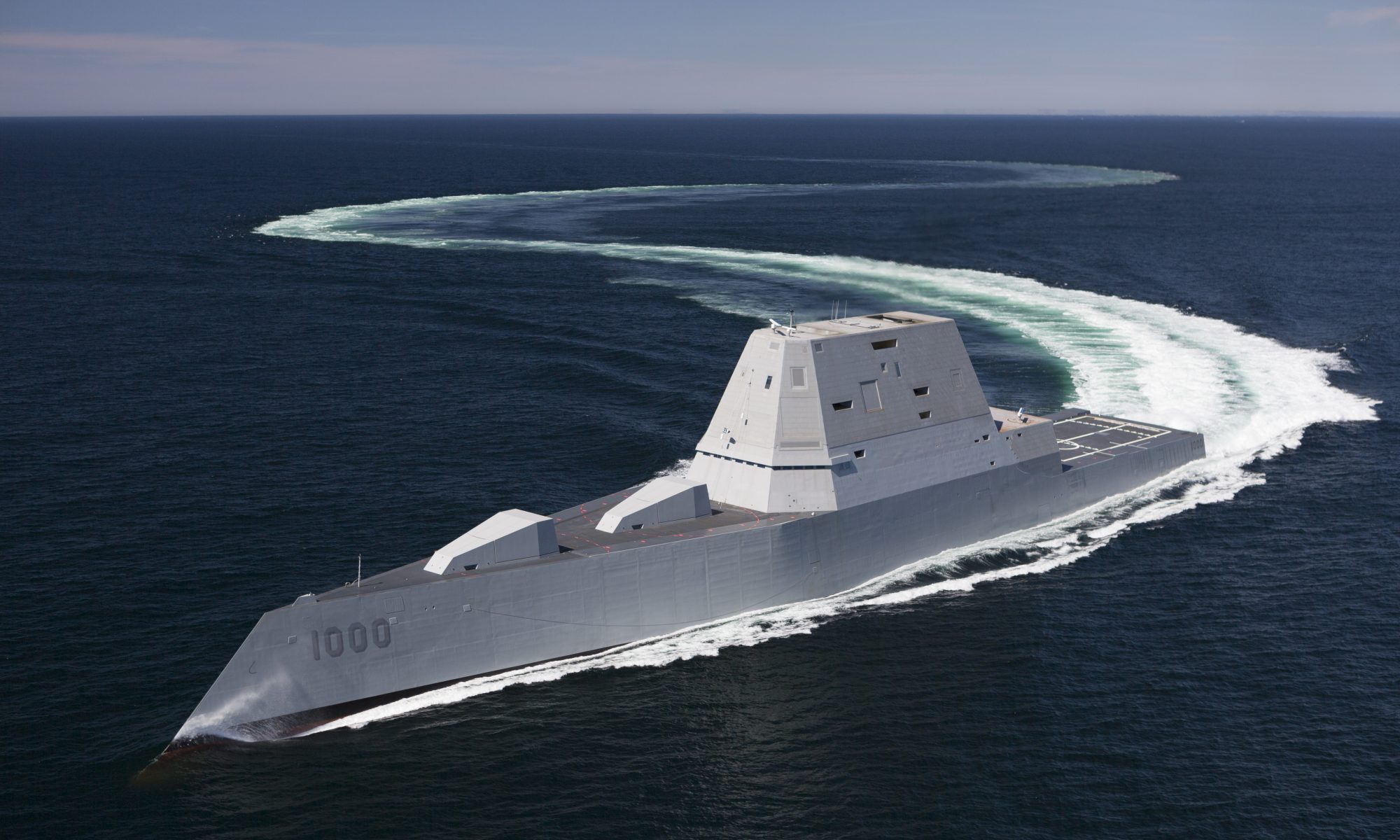INTRODUCTION The US Navy was the first navy in the world to develop a comprehensive ship-based air defense system, the AEGIS, which consisted of powerful electronically scanning radar panels fitted to their destroyers and cruisers and a series of medium to long-range Surface to Air missiles (SAM). This was mainly designed to protect the US …
Continue reading "The Ultimate Showdown: (Part-1) Arleigh Burke v/s Daring Class Destroyers"





